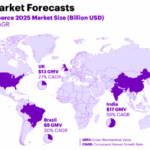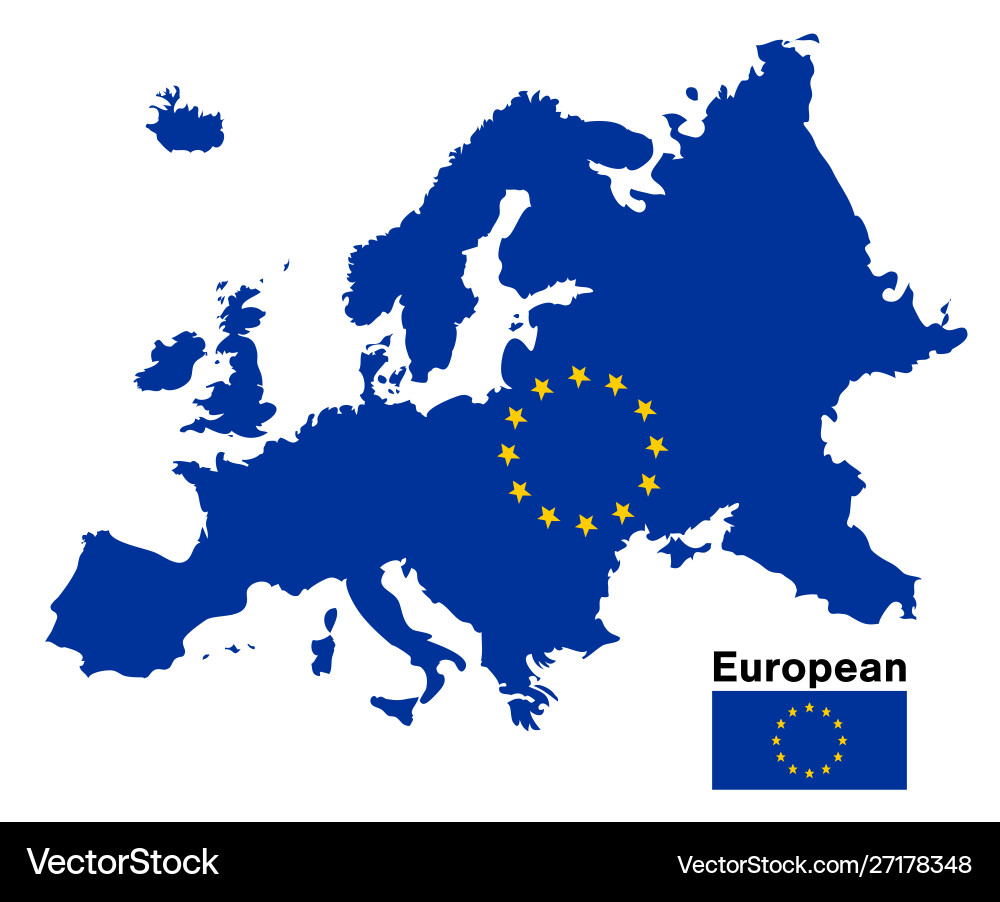The European ecommerce sector saw a modest increase in 2023, with a nominal B2C turnover of 887 billion euros. This marks a 3 percent growth compared to 2022, when the total stood at 864 billion euros. While the growth is slower than in previous years, the continued expansion of ecommerce reflects its integral role in the European economy, even as the industry adapts to the post-pandemic landscape.
A Post-COVID Reality
During the COVID-19 pandemic, European ecommerce experienced unprecedented growth as lockdowns and restrictions accelerated the shift toward online shopping. However, as the world has returned to a more normalized state, the sector’s explosive growth has slowed down. According to the European E-commerce Report 2023, produced by Ecommerce Europe and EuroCommerce, the B2C ecommerce sector still shows positive momentum, though at a reduced pace compared to the height of the pandemic years.
The 3 percent growth between 2022 and 2023 signals that the ecommerce market is stabilizing. It reflects a more mature industry that has adjusted to post-pandemic consumer behavior, where online shopping remains strong but is no longer surging at the rates seen in 2020 and 2021.
Regional Differences in Ecommerce Growth
While the overall European ecommerce market showed growth, the report highlights significant regional differences. Certain countries in Western Europe, such as Germany, France, and the United Kingdom, continue to be major contributors to ecommerce turnover. These markets have well-established online infrastructures, and consumer habits have shifted significantly toward online shopping in the past few years.
In contrast, ecommerce growth in Southern and Eastern European countries has been more varied. Some of these regions have experienced faster growth as online retail becomes more accessible, but they still lag behind the larger markets in terms of total turnover and infrastructure development.
For businesses operating in or expanding into Europe, understanding these regional differences is crucial for tailoring ecommerce strategies. Platforms like DMSMatrix help businesses navigate this complex landscape by providing tools to manage cross-border sales, synchronize inventory, and process orders seamlessly across different countries.
Ecommerce Maturity and Market Stabilization
The slight growth in 2023 can also be seen as part of the natural stabilization of the ecommerce market. As the pandemic-fueled boom subsides, ecommerce is moving into a phase of maturity where businesses need to focus on efficiency, customer retention, and regional strategies to sustain growth. With the digital shift now well-established, companies are optimizing their operations and exploring new opportunities in the cross-border market.
For example, marketplaces continue to play a dominant role in European ecommerce, accounting for 69 percent of cross-border sales. Businesses selling online increasingly rely on platforms like Amazon, eBay, and specialized regional marketplaces to reach international customers, contributing to the overall turnover figures across Europe.










